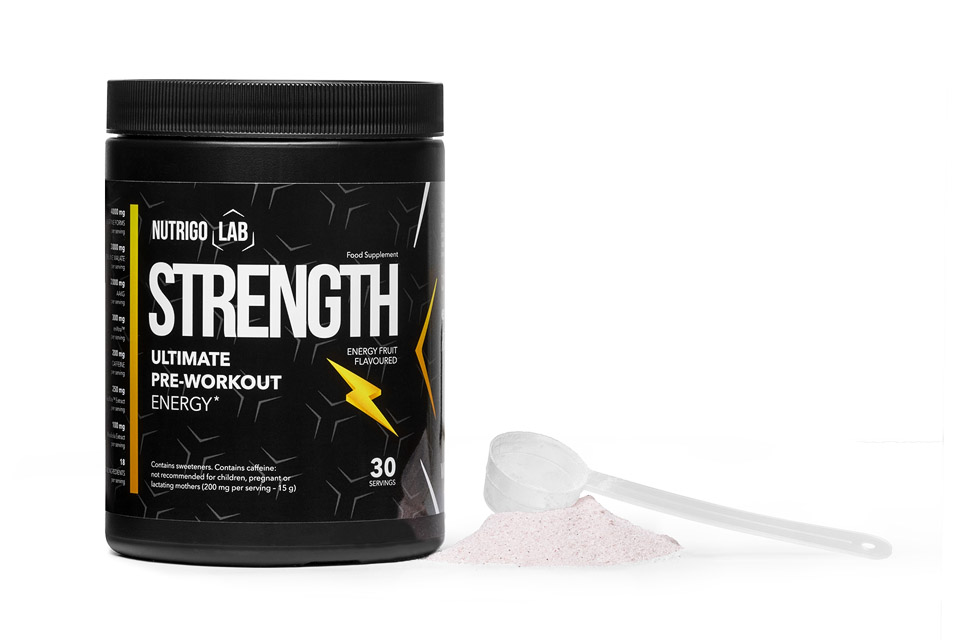Helicobacter pylori, or H. pylori, is a bacterium that affects millions of people worldwide, leading to gastric discomfort, gastritis, peptic ulcers, and even an increased risk of stomach cancer. The standard approach to treating H. pylori infections involves a combination of antibiotics, proton pump inhibitors, and other medications, which can sometimes have side effects and lead to antibiotic resistance. However, an alternative and potentially more natural solution has emerged in the form of Pylopass. This article explores the potential of Pylopass for H. pylori eradication, including a key study and guidelines for usage.
Understanding Pylopass
Pylopass is a proprietary strain of lactic acid bacteria, Lactobacillus reuteri DSM17648. It is often marketed as a dietary supplement that offers an alternative means of managing H. pylori infections. Rather than directly killing the bacteria like antibiotics, Pylopass works by binding to H. pylori, essentially capturing it and facilitating its removal from the stomach with no side effects.
A Promising Study: Pylopass for H. pylori
In a significant study published in the World Journal of Gastroenterology in 2016, researchers investigated the efficacy of Pylopass in the eradication of H. pylori. The study involved 58 patients diagnosed with H. pylori infection, who were randomly assigned to either the Pylopass group or a control group receiving a placebo.
The results were promising. After four weeks, the group that received Pylopass showed a significantly higher rate of H. pylori eradication (37.9%) compared to the control group (17.4%). Additionally, the Pylopass group demonstrated improved gastritis symptoms. This study highlights the potential of Pylopass as a complementary approach for managing H. pylori infections, particularly in conjunction with conventional treatment.
How to Use Pylopass
If you're considering using Pylopass as an alternative for H. pylori eradication, it's important to follow a few key guidelines:
Consult a Healthcare Professional: Before starting any H. pylori eradication regimen, consult with a healthcare provider for an accurate diagnosis and treatment plan. They can help determine if Pylopass is a suitable option for your specific condition.
Dosage: The typical dosage for Pylopass is 20 billion CFU (Colony-Forming Units) per day. Follow your healthcare provider's recommended dosage and instructions closely. Dosages can vary based on individual needs and the severity of the H. pylori infection.
Duration: A common treatment duration with Pylopass is 14 days. However, the specific duration may vary depending on your healthcare provider's guidance and the results of your follow-up tests. It is important to complete the prescribed course.
Renew After 6 Months: In some cases, your healthcare provider may recommend renewing the Pylopass treatment after six months, especially if you have a history of H. pylori infection or risk factors that make recurrence more likely.
Combination Therapy: Pylopass is typically used as part of a combination therapy that includes antibiotics and proton pump inhibitors. It is not typically used as a stand-alone treatment. Your healthcare provider will determine the most appropriate combination for your situation.
Monitoring: After completing your Pylopass treatment, your healthcare provider may recommend follow-up testing to confirm the eradication of H. pylori. This can involve a breath test, stool test, or biopsy.
Conclusion
Pylopass presents a promising alternative for H. pylori eradication, potentially offering a gentler approach with fewer side effects than traditional antibiotic therapy. While the results from studies are encouraging, it's important to remember that Pylopass is best used in consultation with a healthcare professional. They can help determine if Pylopass is suitable for your unique circumstances and tailor a comprehensive treatment plan that may include Pylopass, antibiotics, and proton pump inhibitors. This combined approach offers an effective strategy to manage and ultimately eradicate H. pylori infections while minimizing potential risks and side effects.















.png)







.png)
.png)
No comments:
Post a Comment